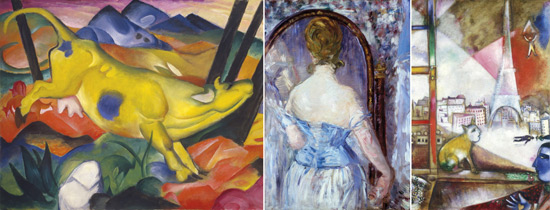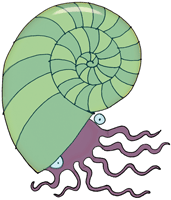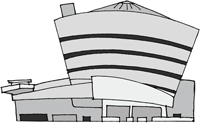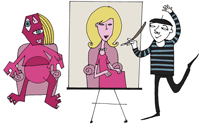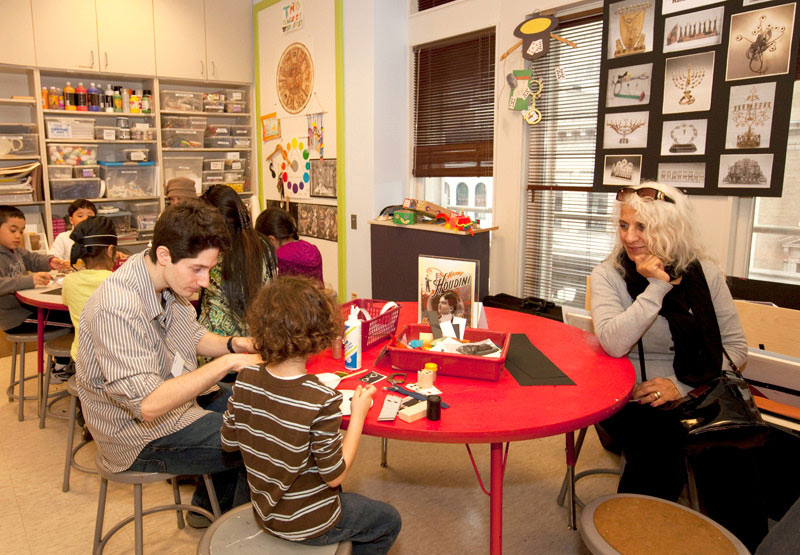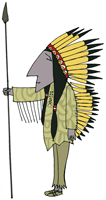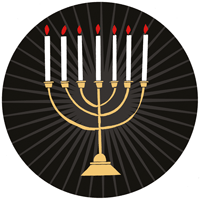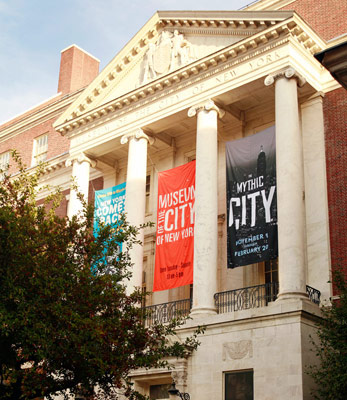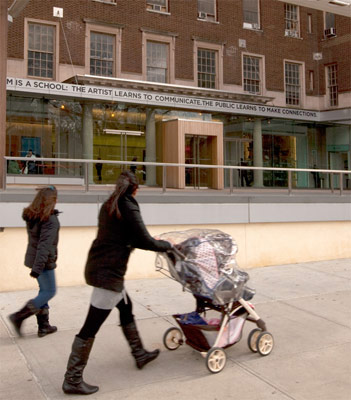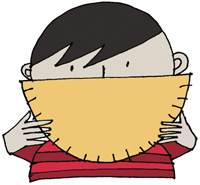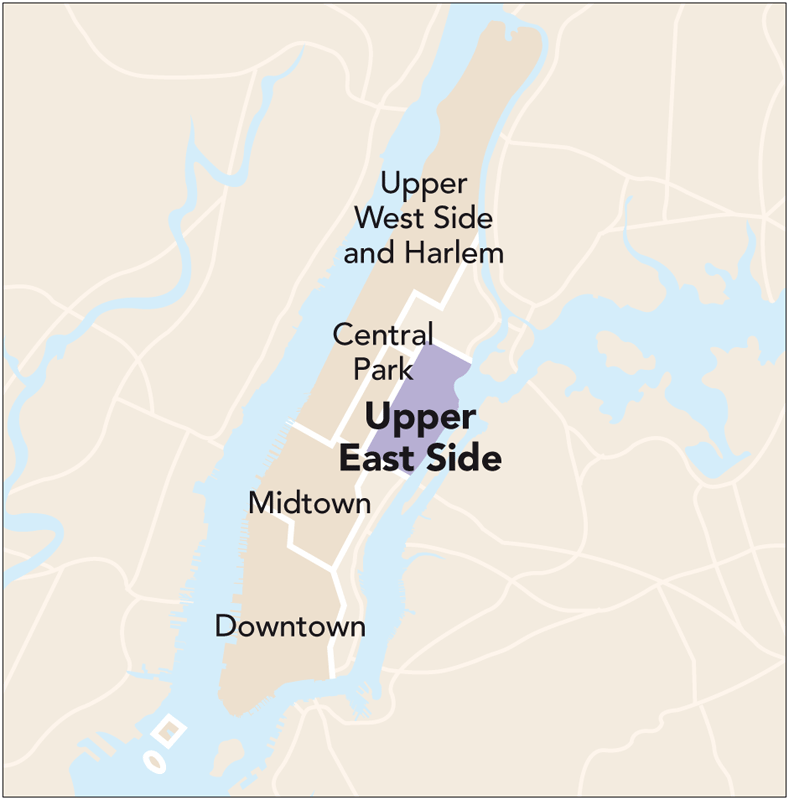

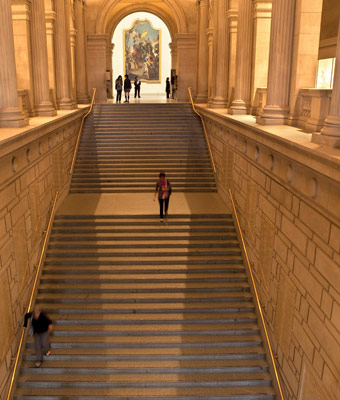
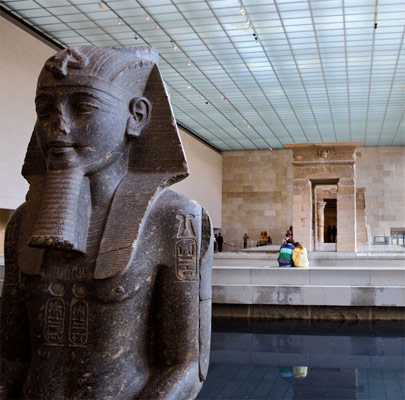
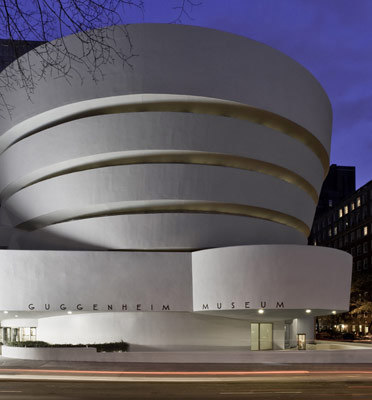
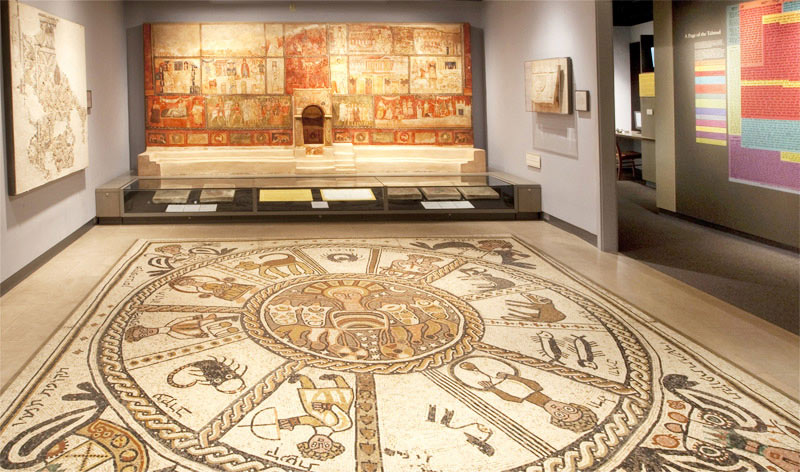
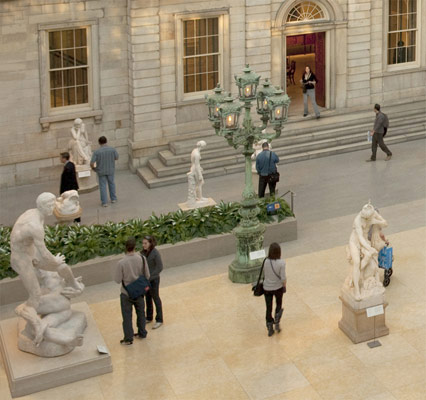
2. Whitney Museum of American Art
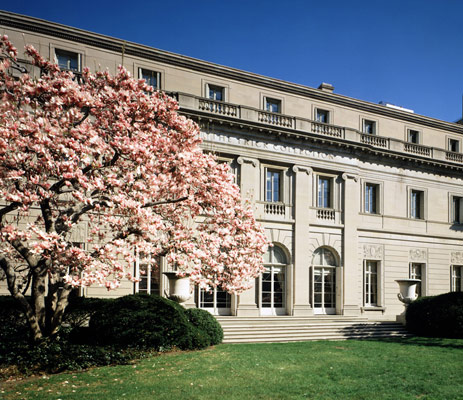
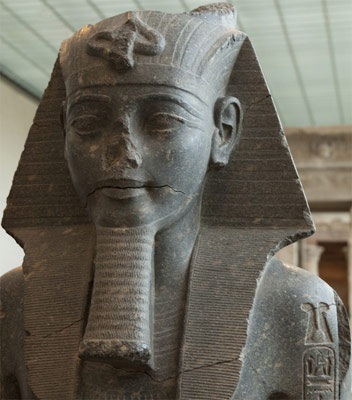
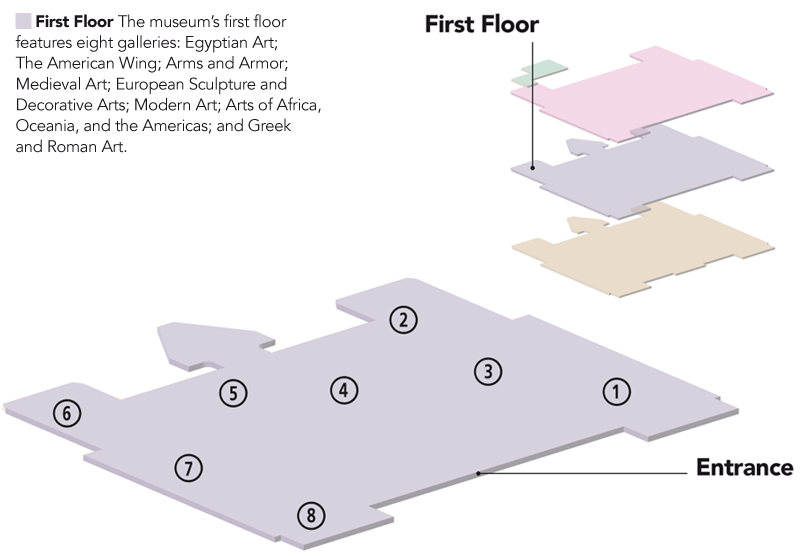
1. Egyptian Art An astounding 36,000 exhibits make up this collection. Among them is the Temple of Dendur, a 15th-century BC temple that is lit up at night. It was moved here from Egypt, piece by piece, during the construction of the Aswan Dam in 1965. Also on display are splendid jewelry and tomb figures, including the jolly blue hippo that has become the museum’s mascot.
2. The American Wing Winslow Homer, widely considered to be one of the greatest American painters of the 19th century, began his career as a commercial printmaker, and then took up painting. He worked with both watercolors and oils. This work, The Studio (1867), is a prime example of his oil paintings.
3. Arms and Armor The lavishly engraved wheellock of Holy Roman Emperor Charles V (1519–56) was the first self-igniting pistol. It can be viewed in this wing.
4. Medieval Art This brightly colored stained-glass panel, titled Angels Swinging Censers, features flying angels set against an intricate background. It dates to around 1170 and was created for the Collegiate Church of Saint-Étienne in Troyes, France.
5. European Sculpture and Decorative Arts A 50,000-object collection is on view here, including striking statues by Rodin, French and Flemish tapestries, and period rooms such as the 18th-century Boiserie from the Hotel de Cabris, France, which features carved and gilded paneling.
6. Modern Art Since its foundation in 1870, the museum has been acquiring contemporary art, but it was not until 1987 that a permanent home for 20th-century art was built – the Lila Acheson Wallace Wing. The collection includes famous works such as I Saw the Figure 5 in Gold by Charles Demuth.
7. Arts of Africa, Oceania, and the Americas The best items in this collection include pre-Columbian gold, bronze sculptures, ceramics, and drums from Peru, such as this richly painted example featuring a serpent and killer whales.
8. Roman Art The Badminton Sarcophagus (AD 260–70) features the wine god Dionysus seated on a panther surrounded by devotees, the horned god Pan, and four youths representing winter, spring, summer, and fall.


1. European Paintings Within the European galleries is an amazing array of Impressionist and Post-Impressionist art, including 34 Monets and 18 Cézannes. The favorite theme of French artist Edgar Degas was ballet, as evidenced by his many beautiful paintings of dancers, including Rehearsal on the Stage (1874), showing lithe young girls on stage.
2. Modern Art The Met’s Modern Art collection is not the largest in New York, but it is considered to be one of the finest assemblages of European and American art from the 1900s onward. It includes Picasso’s Portrait of Gertrude Stein (1906) and The Blind Man’s Meal (1903), from his Blue Period. One entire section is devoted to the massive abstract works of Mark Rothko and Jackson Pollock as well as Andy Warhol’s Mao (1972), a silk-screen portrait of the Chinese leader.
3. Drawings, Prints, and Photographs This section includes photographs, historic advertisements, and illustrated books, and is especially rich in Italian and French art of the 15th to the 19th centuries. Featured below is Lady Lilith (1867) by English painter Dante Gabriel Rossetti.
4. Musical Instruments Among the museum’s many historical musical instruments is a guitar (1937) that belonged to Andres Segovia (1893–1987), a guitarist from Andalucia, Spain, who is widely considered one of the finest classical guitarists of the 20th century.
5. The American Wing This section includes early Impressionist works such as The Cup of Tea (1880–81) by Mary Cassatt. Depictions of daily life, especially of women, were a signature of this artist.
6. Asian Art These galleries showcase Chinese, Japanese, Indian, and Southeast Asian sculpture, paintings, textiles, and ceramics.
7. The Cantor Roof Garden The Iris and B. Gerald Cantor Roof Garden (open: May–Oct) showcases sculpture, which changes regularly. The garden also offers a fine opportunity to enjoy a drink with a great view of Central Park and the surrounding skyline.


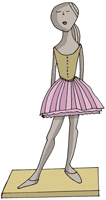
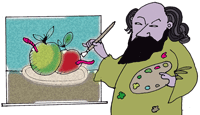

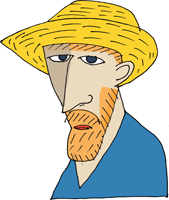
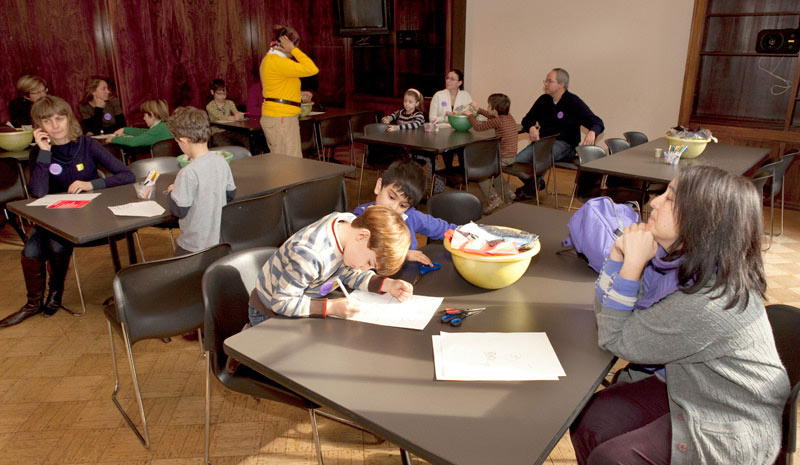
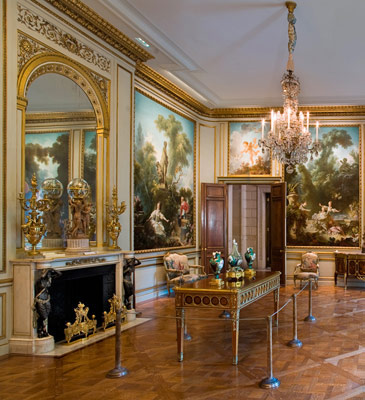
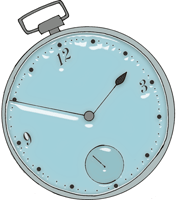
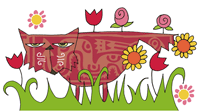

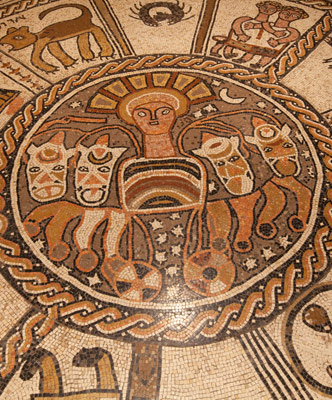
1. Solomon R. Guggenheim Museum
3. Museum of the City of New York
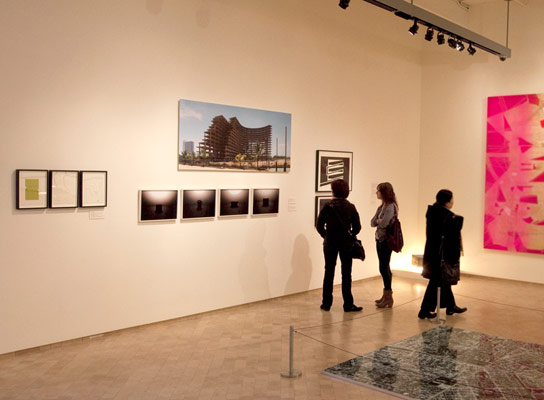
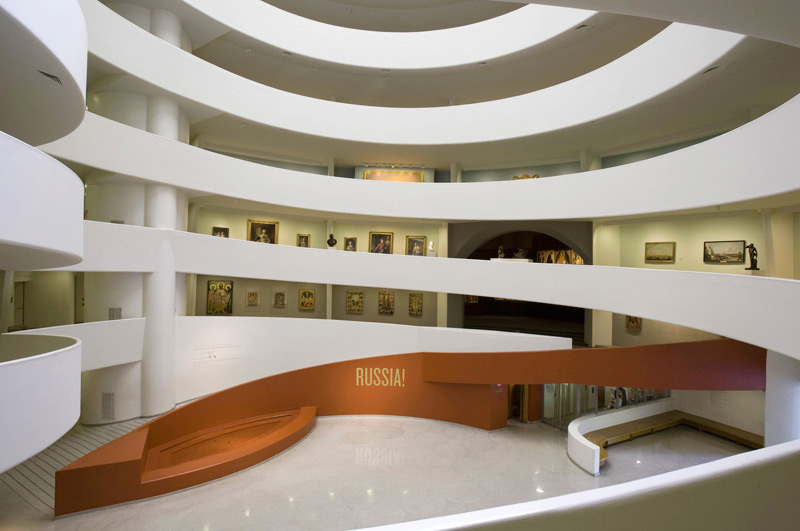
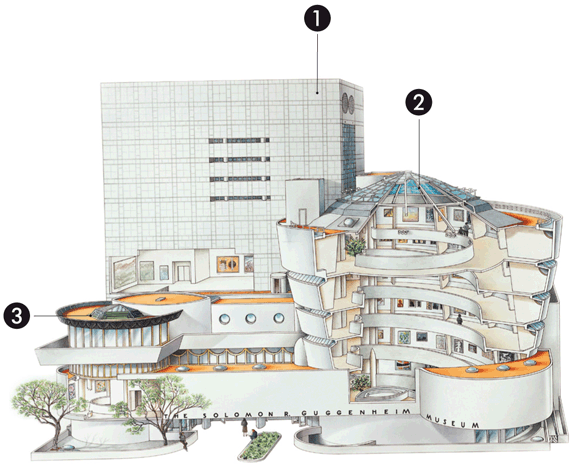
1. Tower
2. Great Rotunda
3. Small Rotunda
• Before the Mirror (1876) Edouard Manet captures a 19th-century courtesan viewing herself in the mirror.
• Yellow Cow (1911) Franz Marc loved animals, as can be seen in this painting of a joyfully cavorting cow.
• Paris Through the Window (1913) Marc Chagall depicts Paris as an illuminated cityscape with mysterious figures.
